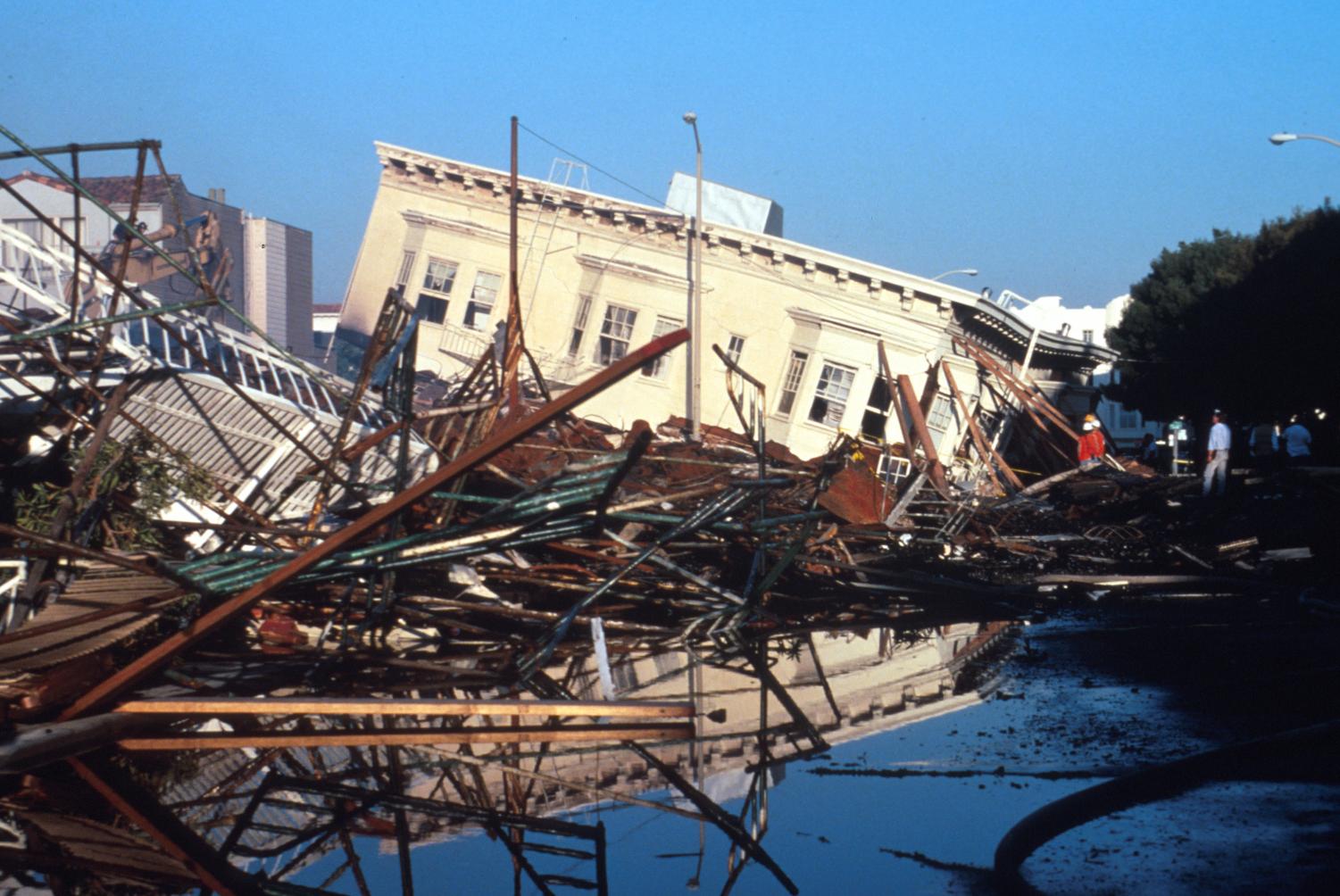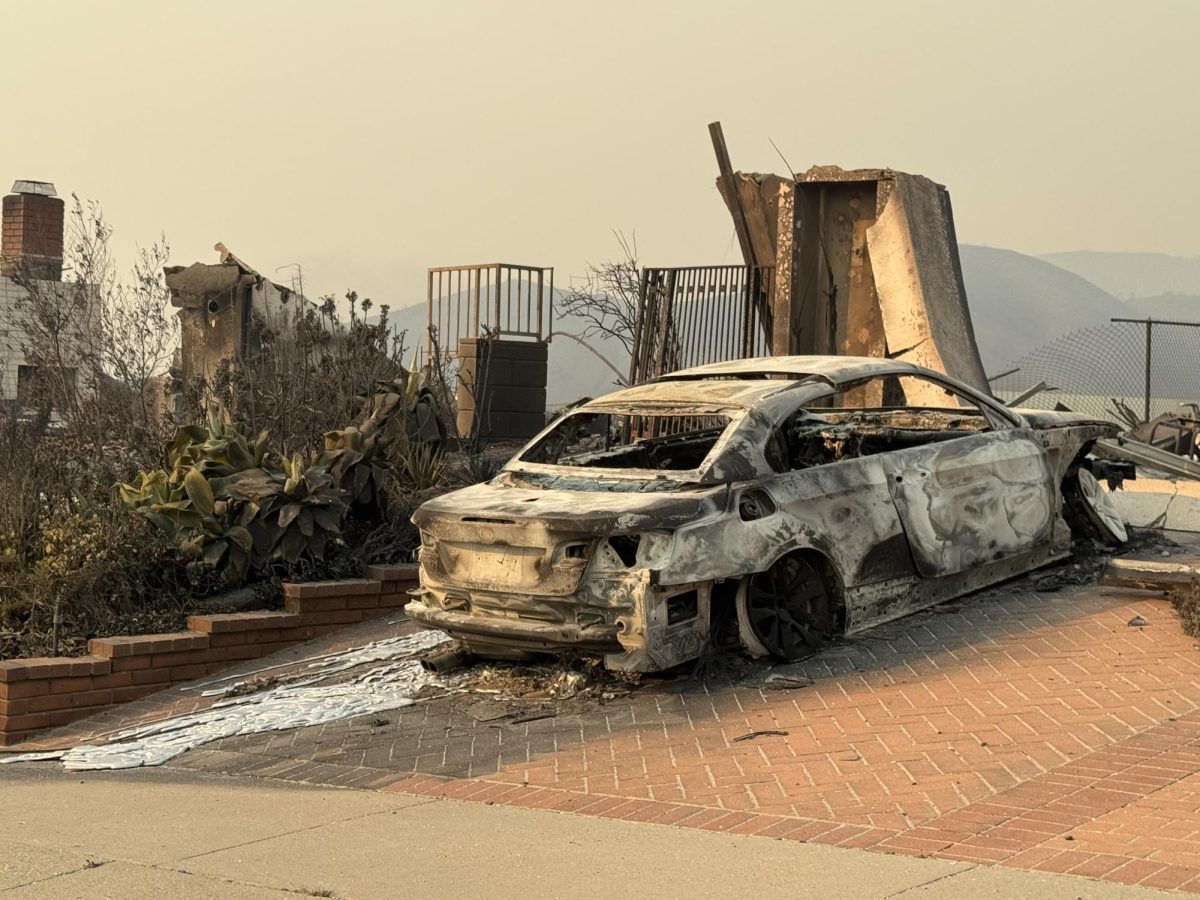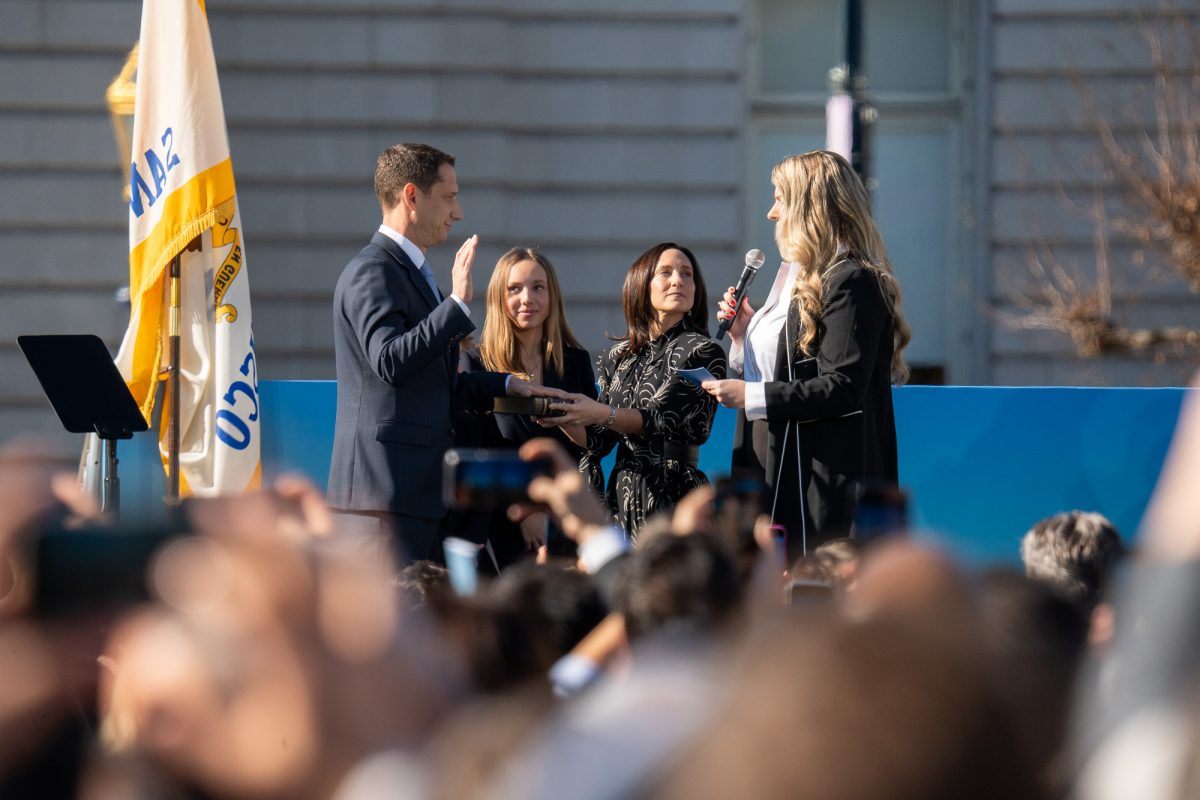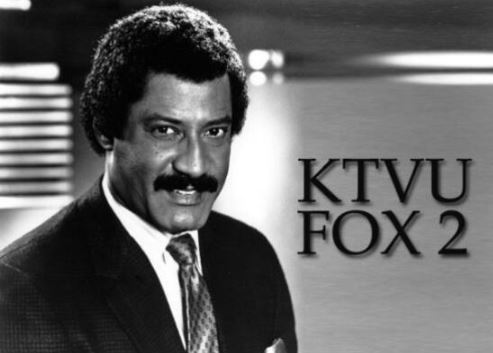2019 marks the 30th anniversary of one of the Bay Area’s largest and most destructive disasters. A gigantic 6.9 magnitude earthquake rocked a good segment of Northern California, killing more than 60 people, and injuring a couple of thousand.
It was 5:03 p.m. in the Bay Area on Oct. 17, 1989. Although the sun was on its way down, it was still attempting to shine for the fans at Candlestick Park awaiting Game 3 of the World Series between the San Francisco Giants and the Oakland Athletics.
The crowd was electric and the commute on freeways was intense, as everyone was trying to reach for the television set to tune into the game. A minute later, there was no electricity, literally.
People ran for cover and for a handful of moments, nothing was on the human mind. Afterward, the damage was clear. It was the largest quake since 1906, nearly 83 years before. The San Andreas Fault had been due up until this point and finally gave way. It was later named for the Santa Cruz Mountains section of the fault line, Loma Prieta.
English teacher Michael Vezzali-Pascual ’88 was a vendor at Candlestick. “It was kind of exciting at first, then we saw the Bay Bridge. It was really scary, almost like a psychological hangover for three days.”
Buildings were damaged and sidewalks developed fatigue, which cost just over $5.5 billion to repair. The cost that is priceless, however, is the lives that were lost. Part of the famous Bay Bridge, which separated Oakland and San Francisco, collapsed. It would be rebuilt and re-designed little-by-little, but the new design has been criticized by commuters on both sides of the Bay.
Officials say that another major quake could snap the bridge again, but work is frequently being done to lower that risk.
About 66 percent of the people killed during the earthquake were victims of the Cypress Freeway incident. Many local news stations regarded this as one of the many main events that defined the legacy of an ugly scene in the Bay Area. The upper deck of the freeway collapsed, crushing the people on the lower deck.
Many attending the game that day would say that they thought the shaking was simply just a large gust of wind, not knowing that chunks of the upper deck were falling down below. The already visibly deteriorating Candlestick Park wasn’t a safe place to play baseball. The Series was canceled for 10 days and when it resumed, the A’s defeated the Giants to complete a sweep of the series.
The World Series wasn’t played that night, nor the next night, nor the next night. With the Marina District on fire, players and their families covered the field in shock, with pale faces all around. Candlestick Park, the home of the Giants, was known for its windy atmosphere.
Thirty years later, the bottom line hasn’t changed. Preparation is key, and scientific studies show that the next big earthquake is on its way. There have been a few teasers over the years, but none significant enough to be considered “the one.” Everyone living in Northern California is advised to be ready.
Vezzali said, “We just have to be prepared. I need to restock my food.”








